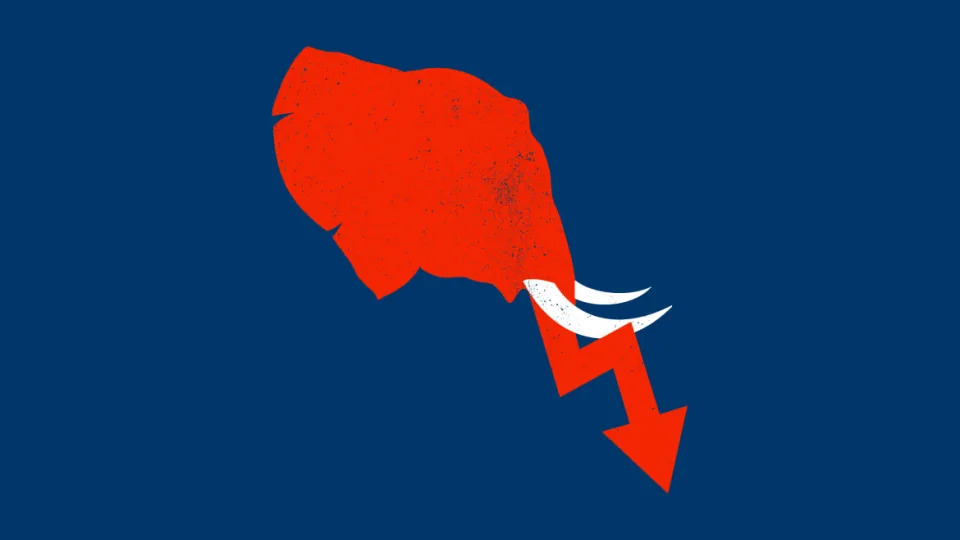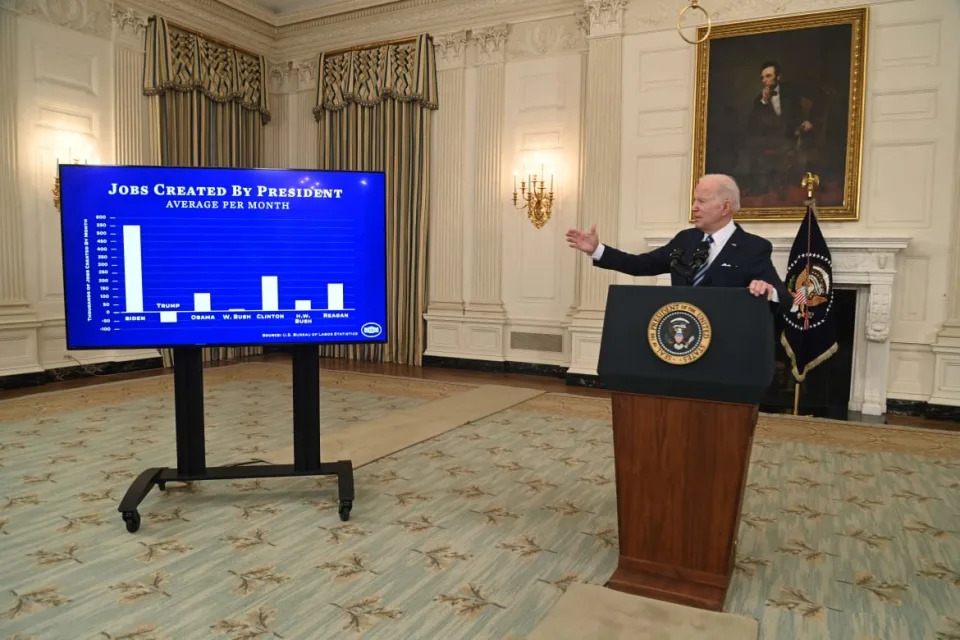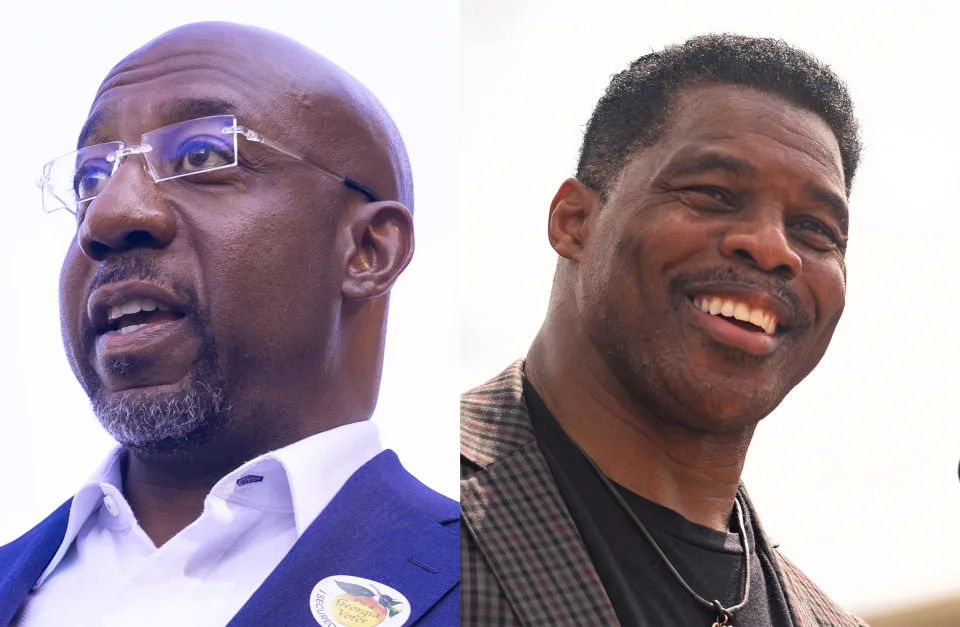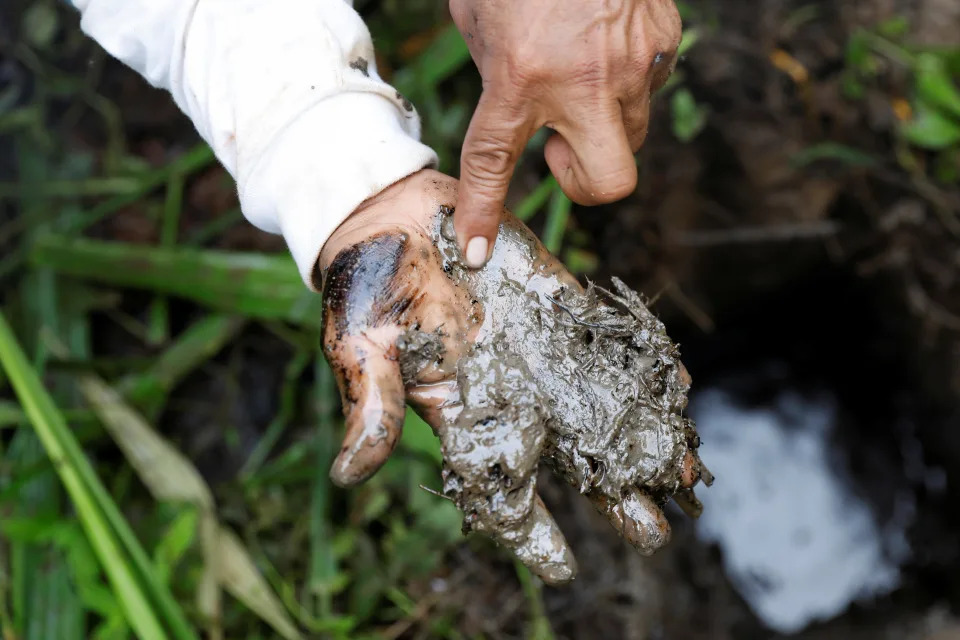Asherville Citizen – Times
Opinion: MAGA Republicans a bitter, lonely, violent bunch
Pat Brothwell – November 6, 2022
“Violence of any kind against anyone, even elected officials or a member of their family simply cannot be tolerated in our great country. The attacker of Paul Pelosi should be prosecuted to the full extent the law will allow.” NC-11 Republican congressional candidate Chuck Edwards tweeted this on Oct. 28 in response to the physical attack via hammer of Nancy Pelosi’s husband.
Chuck Edwards can say he condemns violence until his face turns blue, but that doesn’t mean it’s true. He’s aligned himself with a party whose ethos is cruelty. I genuinely want to believe that more people than not are fundamentally good, that they can think for themselves and reject cruelty and violence. However, as much as I want to believe this, I don’t know that I can, not the way things are going, where so many people and politicians are complicit in allowing hate and violence to thrive. Are you OK with it? It’s something you’ll have to ask yourself when voting this week.
Merriam-Webster defines violence as “intense, turbulent, or furious and often destructive action or force.” So while yes, a hammer attack on an elderly gentleman is an unequivocal act of violence (and easy to denounce), any action that perpetuates the destruction is violent.
Chuck Edwards seems OK with the violence of the Jan. 6 insurrection, where police officers were beaten unconscious and people were killed. He’s never denounced Trump’s “Big Lie.”
Edwards seemingly tolerates the vitriol of our Lt. Gov. Mark Robinson. Edwards has campaigned with Robinson, who regularly engages in violence-inspiring hate speech — the same day Edwards tweeted about “not tolerating” violence, Robinson posted on Facebook, “I’m sorry Paul I don’t believe you or the press!!!!” No prominent NC Republicans denounced Robinson’s callousness.
Edwards prides himself on being pro-life, but anyone with an ounce of common sense knows that if abortion is criminalized in North Carolina, many women and girls may meet violent ends. He’ll tolerate that violence, though, because he belongs to a religion more concerned with sanctimony than empathy or people.
And lest we forget, on the afternoon that 19 children and two teachers were violently torn apart by the bullets of an AR-15, Edwards’s Republican State Senate colleagues held a press conference to introduce a North Carolina version of Florida’s controversial “Don’t Say Gay” bill that would lead to increased violence towards LGBTQ+ students. Edwards voted affirmatively for that bill and has neglected to address gun control — the kind that would make it harder for mentally disturbed young men to obtain and perpetrate violence with semi-automatic weapons — in any meaningful way because that might dent his income.
Edwards isn’t the worst of the bunch by any means, but his complicity is emblematic of today’s MAGA right.
On Oct. 29, also in response to the Pelosi attack, U. S Representative Eric Swalwell (D-CA) tweeted, “Almost all my family are Republicans. We’ve disagreed about a lot throughout the years, but I never thought they were cruel. This isn’t my parents’ Republican party. MAGA-Republicans are a bitter, lonely, and violent bunch. When we need compassion they choose cruelty.” This resonated with me.
Like Swalwell, I grew up in a very conservative area and often disagreed politically with my mostly Republican family. However, while I think many are guilty of not thinking critically enough about why they believe what they believe, I don’t think most are cruel and maintain close relationships with many.
My father, one of my favorite people in the world, and cliche as it may be, still my hero, had always been a Republican, the type Swalwell alludes doesn’t have a place in this new order. After Trump was elected and made abject cruelty and violent rhetoric under the guise of “telling it like it is” an accepted norm, I watched my father become just as disturbed and disgusted with the flagrant hypocrisy and cruelty of the MAGA right as I was. My father and I might have once disagreed politically, but we’ve always shared the same values, those he taught me: treating others with kindness, making people feel welcome, fairness, integrity, and that as long as people aren’t hurting you, their personal choices aren’t any of your business.
At one point, my father and Chuck Edwards probably had similar political views, but my father actually doesn’t tolerate violence, and he doesn’t just say this, his actions and shifting votes show so. I hope more people show that they don’t tolerate violence this election day. There’s nothing weak about changing your point of view.
Pat Brothwell is a former high school teacher, and current writer and marketing professional living and working in Asheville.














